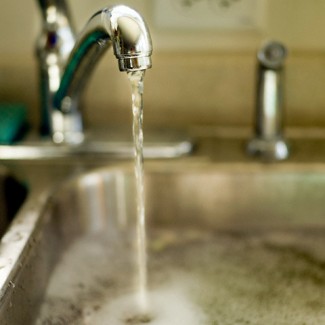Environmental Impact of the Water Supply Network Construction of Betanzos (Galicia)

The urban population of the world is forecasted to grow in the next decades from 3.4 billion in 2009 to 6.3 billion people in 2050. It is probable that new urban areas will appear and new water infrastructures will be required. In this context, reducing the environmental impacts in the water supply network infrastructure can avoid significant damage to the environment. Additionally, the replacement of obsolete networks is an important factor in consolidated urban areas. However, few studies have focused on the environmental impact of the construction phase of a drinking water supply network while taking into account its whole life cycle.
The article presents an easy and user-friendly methodology that calculates the environmental impacts of the drinking water supply network construction. This methodology allows the managers and designers of the network to include environmental criteria during the (re)design of the water supply network. The environmental improvements can be implemented by selecting the less impacting solutions both in the construction of new networks and in the replacement of obsolete networks.
The water supply network of Betanzos was assessed using the methodology developed. The results reveal that selecting the less impacting construction solutions for the network can avoid causing significant environmental impacts. For instance, it would reduce by 10% the greenhouse gas emissions and by 16% the emissions that cause photochemical oxidation (which can generate, for example, smog in cities). This case study shows the applicability of the methodology for the assessment of networks in small to medium cities.
The study was conducted within the framework of the European project LIFE + AQUAENVEC, whose main goal is to assess the environmental impacts of all water cycles in cities, including drinking water treatment, drinking water transport, sewerage and wastewater treatment. The results obtained for all these systems will be integrated in order to obtain an overview of the environmental impacts along the whole water cycle. This project also aims to create an online application for the calculation of the environmental impact of urban water cycles.
References
Sanjuan-Delmás, David; Petit-Boix, Anna; Gasol, Carles M.; Villalba, Gara; Suárez-Ojeda, Mariá Eugenia; Gabarrell, Xavier; Josa, Alejandro; Rieradevall, Joan. Environmental assessment of different pipelines for drinking water transport and distribution network in small to medium cities: a case from Betanzos, Spain. Journal of Cleaner Production 66: 588-598. 2014.


